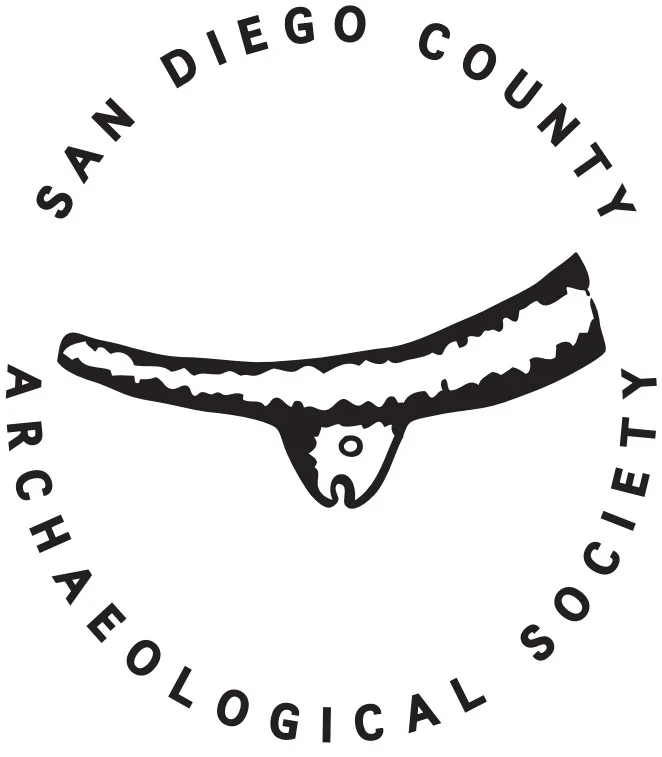Southern California is rich in pictograph and petroglyph evidence of Native American interactions with their landscape. Digital rendering advancements over the past decade have augmented opportunities to expand our understanding of southern California rock art--especially pictographs. In tandem with new site discoveries, we have a better handle on rock art “styles”, their distribution, and in some case regional “style” variations. The expressions of rock art along the primary Late Period ethnographic division between Yuman and Takic speaking groups has been of particular interest recently. Additionally, specific forensic analysis of pictograph impression handprints has supported conventional suppositions regarding the makers of certain types of rock art. This visually rich presentation will demonstrate to the audience how much of this new information aligns with examples of pictographic rock art comprising the La Rumorosa, Rancho Bernardo, and San Luis Rey Styles.
Steve Freers Bio: Avocationally, Steve Freers has spent the past 27 years researching Native American rock art in Riverside and San Diego Counties, as well as concentrated studies in the Grand Canyon region. Steve served for five years as senior editor for the American Rock Art Research Association (ARARA). Steve has co-authored two books on rock art: Fading Images in 1994 with Dr. Gerald Smith; and, Rock Art of the Grand Canyon Region in 2013 with Don Christensen and Jerry Dickey. The Arizona Governor’s Archaeology Advisory Commission awarded Mr. Freers and his co-authors the 2014 Arizona Governor’s Award for Special Achievement in Public Archaeology for their book and the over 10,000 volunteer hours dedicated to recording archaeological sites for federal agencies based in Arizona. In 2016, Mr. Freers was awarded the Crabtree Award by the Society for American Archaeology (SAA) for outstanding avocational archaeology. Steve’s specialty is taking a physical anthropological approach to rock art research. Using anthropometric data collected in the late 1800s and early 1900s by the famous anthropologist Franz Boas, he developed a regression equation that assists in predicting the physical stature and gender of the makers of prehistoric hand impressions. The regional results of this research has been presented to the International Federation of Rock Art Organizations (IFRAO), SAA and ARARA. Currently, Steve serves as Program Chairperson for the San Diego Rock Art Association (SDRAA).
